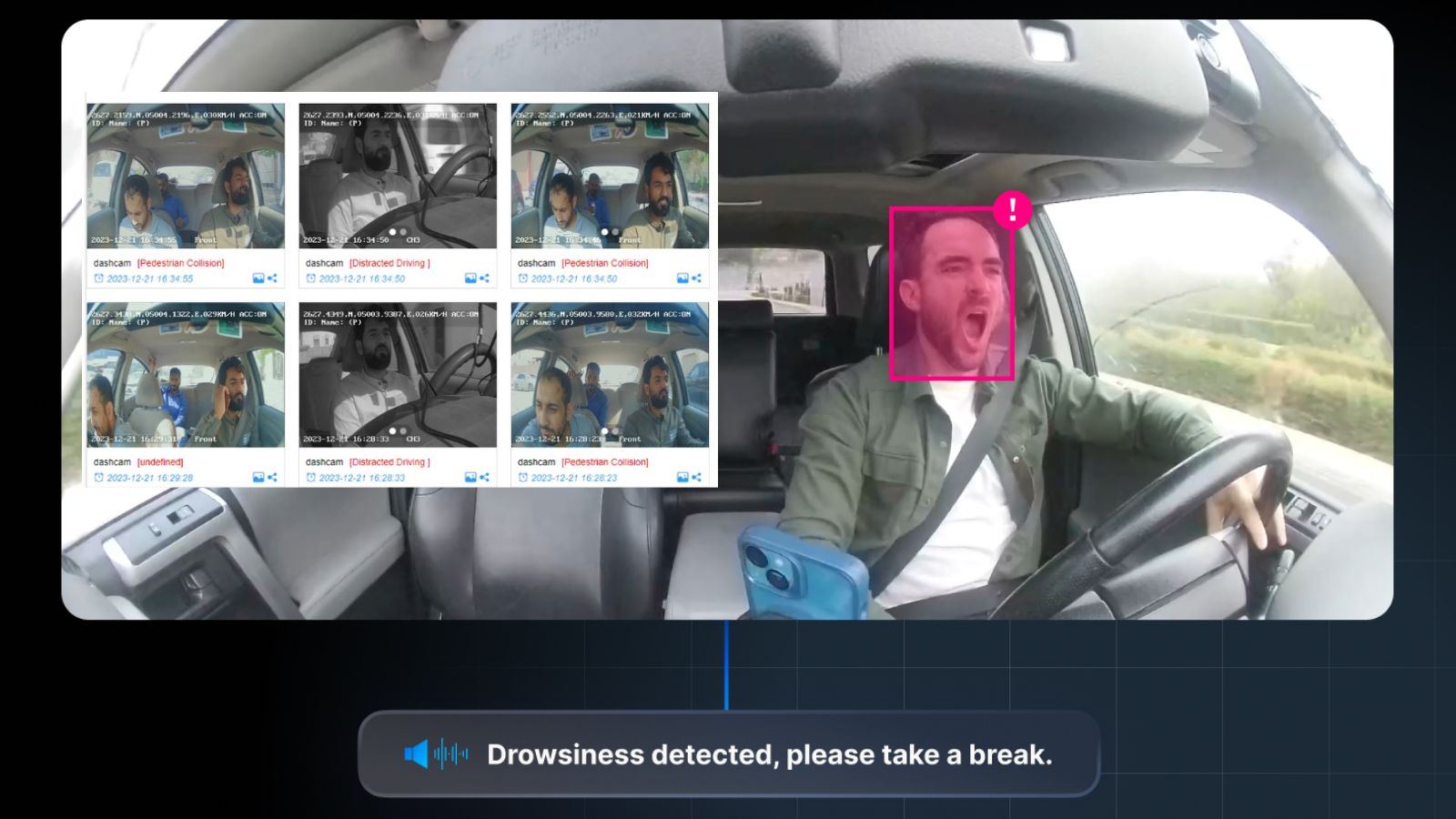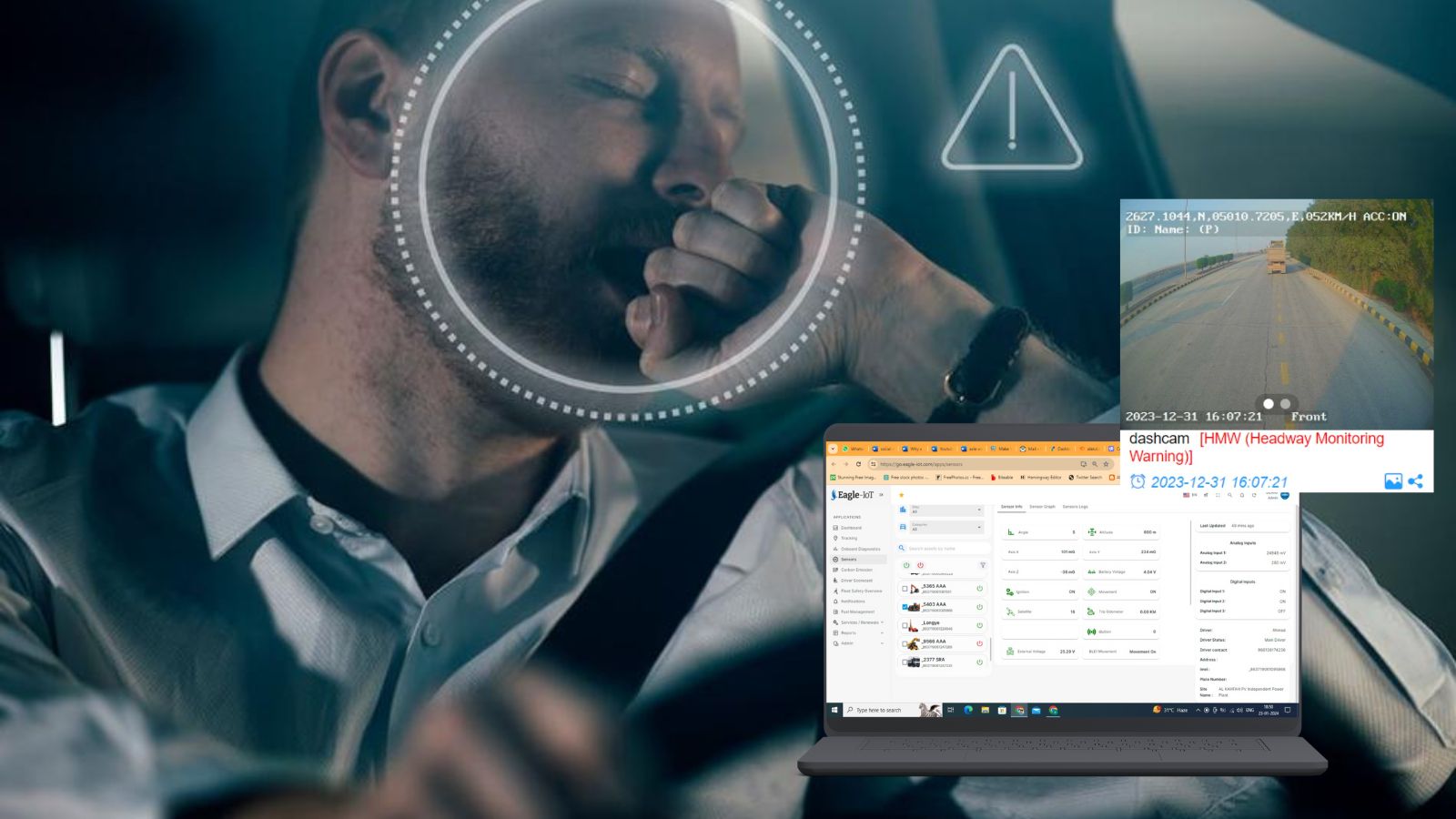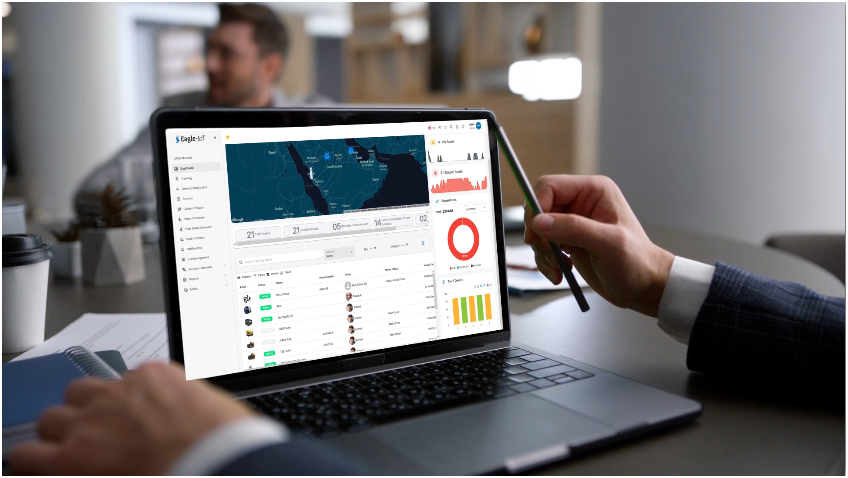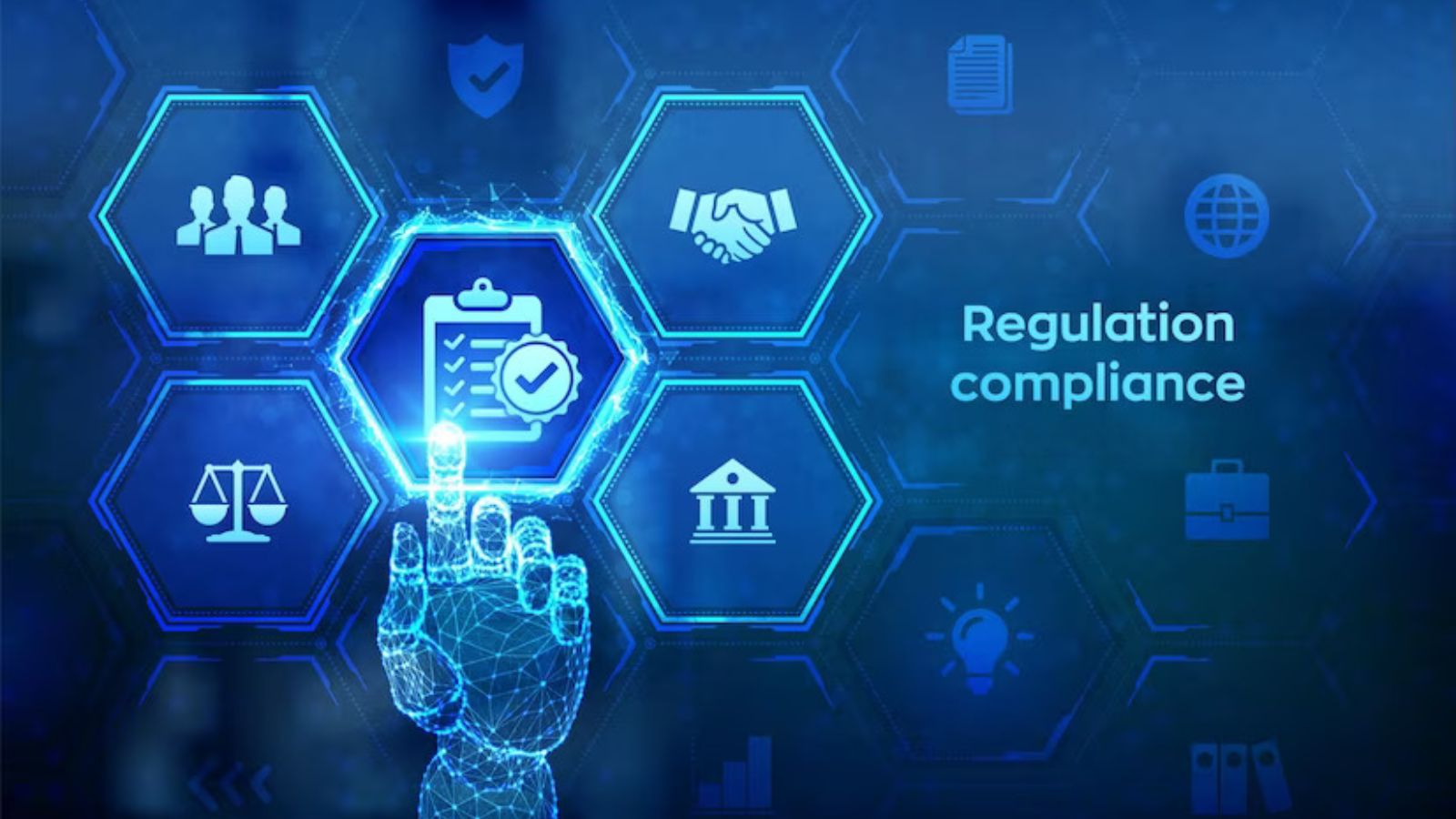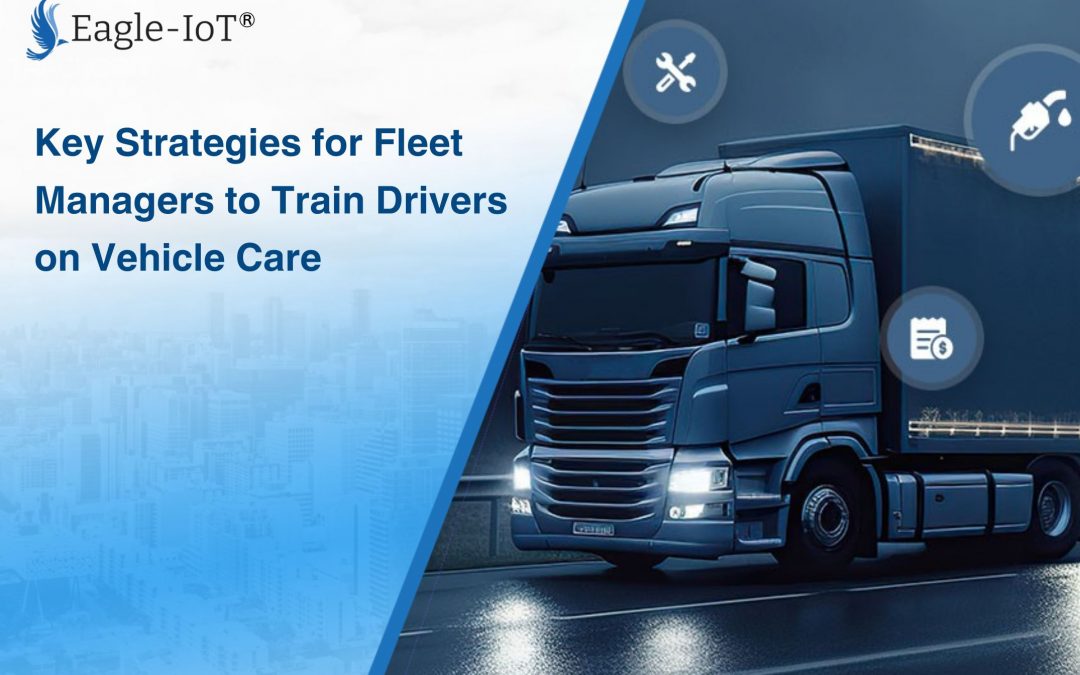
Transform Your Waste Collection with Smart Tracking & Optimized Routes
Effective waste management is crucial for maintaining public health and environmental cleanliness. However, managing waste collection operations can be complex and time-consuming. Waste collection companies must ensure efficient fleet operations, timely task completion, and customer satisfaction. Eagle-IoT is an innovative solution designed to simplify and optimize the entire waste collection process.
Eagle-IoT offers an all-in-one platform that empowers managers, waste collectors, and citizens to optimize waste collection operations, monitor fleet performance, and streamline the communication process. By integrating cutting-edge technology and real-time data, Eagle-IoT improves the overall effectiveness of waste collection and contributes to a more sustainable and well-managed service. Eagle-IoT is a comprehensive waste management solution that empowers managers, collectors, and citizens. With our three dedicated apps, we offer real-time fleet tracking, efficient route planning, seamless job assignments, offline payment collection, and easy complaint filing.
Manager Application: Enhancing Fleet and Operations Management
The Manager Application within Eagle-IoT is a powerful tool designed to provide waste management leaders with the insights and control they need to run efficient operations. From tracking vehicle locations in real-time to making data-driven decisions, the Manager Application brings efficiency and transparency to waste collection management.

Track Vehicle Locations in Real-Time
One of the most valuable features of the Manager Application is the ability to monitor the position of your fleet in real-time. Fleet management has always been a challenging task, especially when dealing with a large number of vehicles operating in diverse locations. With real-time tracking, managers can easily see where each vehicle is at any given moment. This visibility is crucial for optimizing routes and ensuring that vehicles are sticking to their schedules. By knowing the exact locations of vehicles, you can make adjustments on the fly, avoid traffic bottlenecks, and ultimately reduce fuel consumption and travel time.
Additionally, real-time tracking helps improve safety by providing managers with up-to-the-minute information on vehicle movements. In case of any delays or issues, managers can quickly intervene and make adjustments to ensure smooth operations.
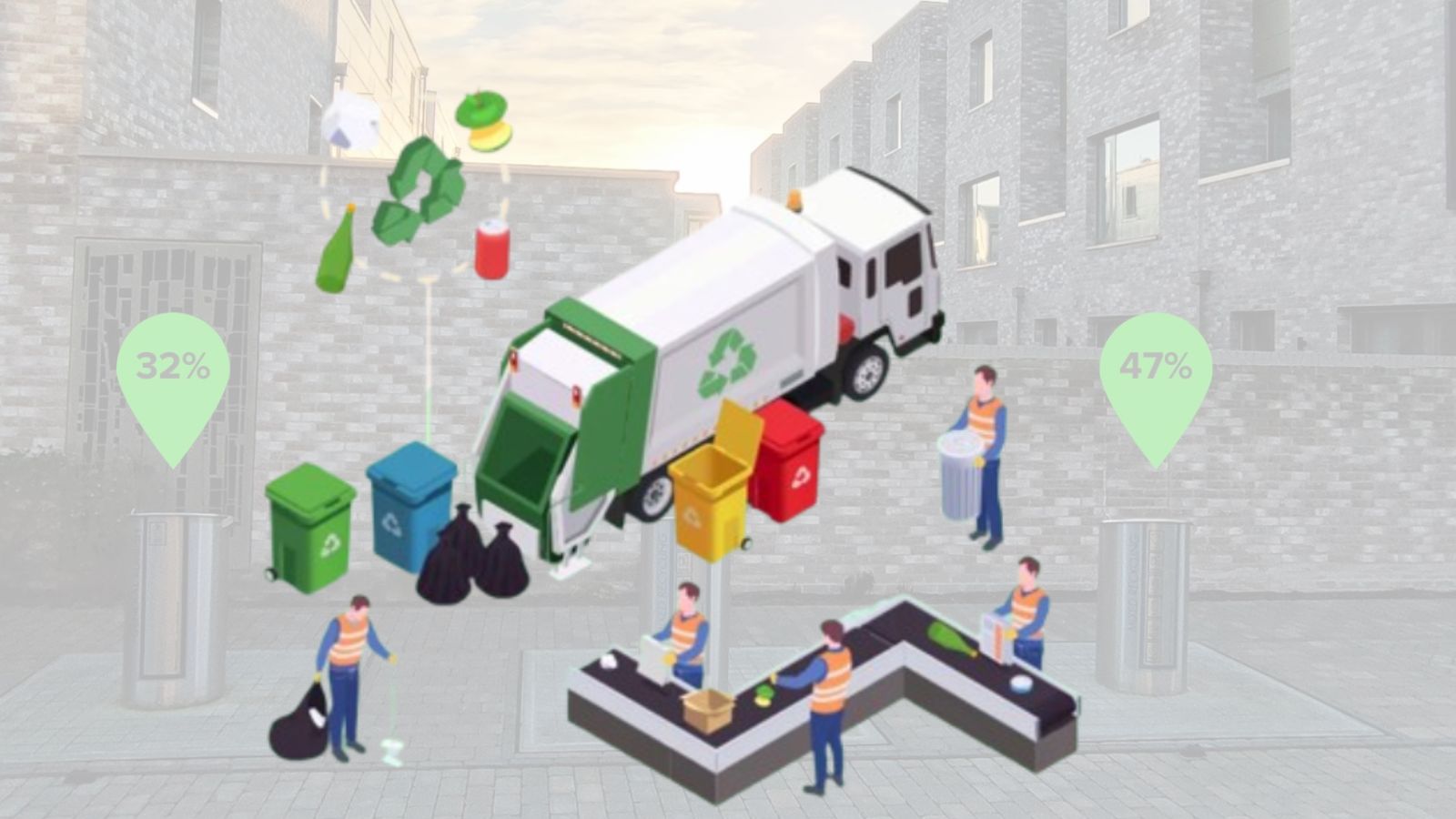
Efficient Job and Route Management
Another standout feature of the Manager Application is its ability to enhance job and route management. Waste collection operations involve multiple tasks that need to be efficiently organized and managed. With Eagle-IoT’s route optimization tools, managers can track the progress of each waste collector, ensure that they are following the most efficient routes, and adjust routes as necessary to account for delays or changing priorities. Route optimization reduces travel time, fuel consumption, and vehicle wear and tear. By using Eagle-IoT’s software, managers can ensure that waste collection teams are working as efficiently as possible, improving service delivery and reducing operational costs.
Access Detailed Performance Insights
Effective decision-making is driven by data, and Eagle-IoT provides comprehensive analytics on job performance and resource utilization. The Manager Application offers detailed reports on how well each vehicle and team is performing. This includes metrics like fuel consumption, time spent on each route, and the number of bins collected. Having this data at your fingertips allows managers to make informed decisions about staffing, fleet maintenance, and resource allocation. For example, if a particular route consistently takes longer than expected, the data may indicate that a different approach is needed, such as changing the route or assigning more vehicles to the area. Furthermore, managers can identify areas where waste collectors may need additional training or resources, ensuring that teams are operating at their full potential.
Automate Service Scheduling
Maintenance is another key aspect of fleet management that can be automated with Eagle-IoT. Proactive scheduling of vehicle servicing and repairs is essential for minimizing downtime and extending the lifespan of your fleet. The Manager Application helps managers plan maintenance dates in advance, ensuring that vehicles are regularly serviced, and any issues are addressed before they lead to bigger problems. By automating service scheduling, Eagle-IoT allows fleet managers to focus on more strategic tasks, knowing that their vehicles will be well-maintained and operating at peak performance.

Waste Collector Application: Empowering Field Teams
The Waste Collector Application is designed specifically for the waste collection teams in the field, providing them with the tools they need to efficiently perform their jobs. Waste collectors are often under pressure to complete their routes on time and maintain high levels of service, and Eagle-IoT helps make that easier.

Stay Updated on Tasks
One of the key benefits of the Waste Collector Application is the ability to stay updated on tasks in real time. Collectors receive notifications for upcoming jobs, which helps them plan their day and stay organized. Whether it’s a routine collection or an urgent request, waste collectors can receive clear instructions on what tasks need to be completed. In addition to tracking current tasks, the application provides updates on job statuses, allowing collectors to see which jobs are completed and which are still pending. This ensures there’s no confusion and that all tasks are accounted for at the end of the day.
Easily Locate Waste Bins
In large cities or expansive regions, waste collectors often face the challenge of locating bins. Eagle-IoT addresses this issue by providing in-app navigation that helps waste collectors find bins quickly and efficiently. The app uses GPS data to guide waste collectors directly to the locations of the bins, reducing time spent searching for them and increasing the number of collections completed during the day. Efficient bin location navigation not only saves time but also allows waste collectors to optimize their routes, ensuring they take the most efficient path from one bin to the next.
Efficient Tracking with QR Codes or RFID
Eagle-IoT also integrates QR codes and RFID technology to improve tracking accuracy. Waste collectors can scan QR codes or RFID tags on bins to collect precise data about the bin’s location, contents, and condition. This ensures accurate tracking of every job, making it easier to monitor progress and identify any issues that may arise. By using QR codes and RFID tags, waste collection teams can improve the accuracy of their reports and reduce the chances of errors or missing data.
Offline Payment Collection
Waste collection is often done in areas with poor or no internet connectivity. This can create issues when it comes to collecting payments for services rendered. Eagle-IoT solves this problem with its offline payment collection feature. Even without internet access, waste collectors can collect payments from customers. Once connectivity is restored, payments and transaction data are automatically synced, ensuring no payments are missed. This feature helps ensure that the collection process is never interrupted, even in areas where internet connectivity is unreliable.
Citizen Application: Enhancing Public Engagement
Eagle-IoT doesn’t just benefit managers and waste collectors; it also helps improve the experience for citizens. The Citizen Application empowers residents to engage with waste collection services, making it easier to report issues, track complaints, and pay bills.
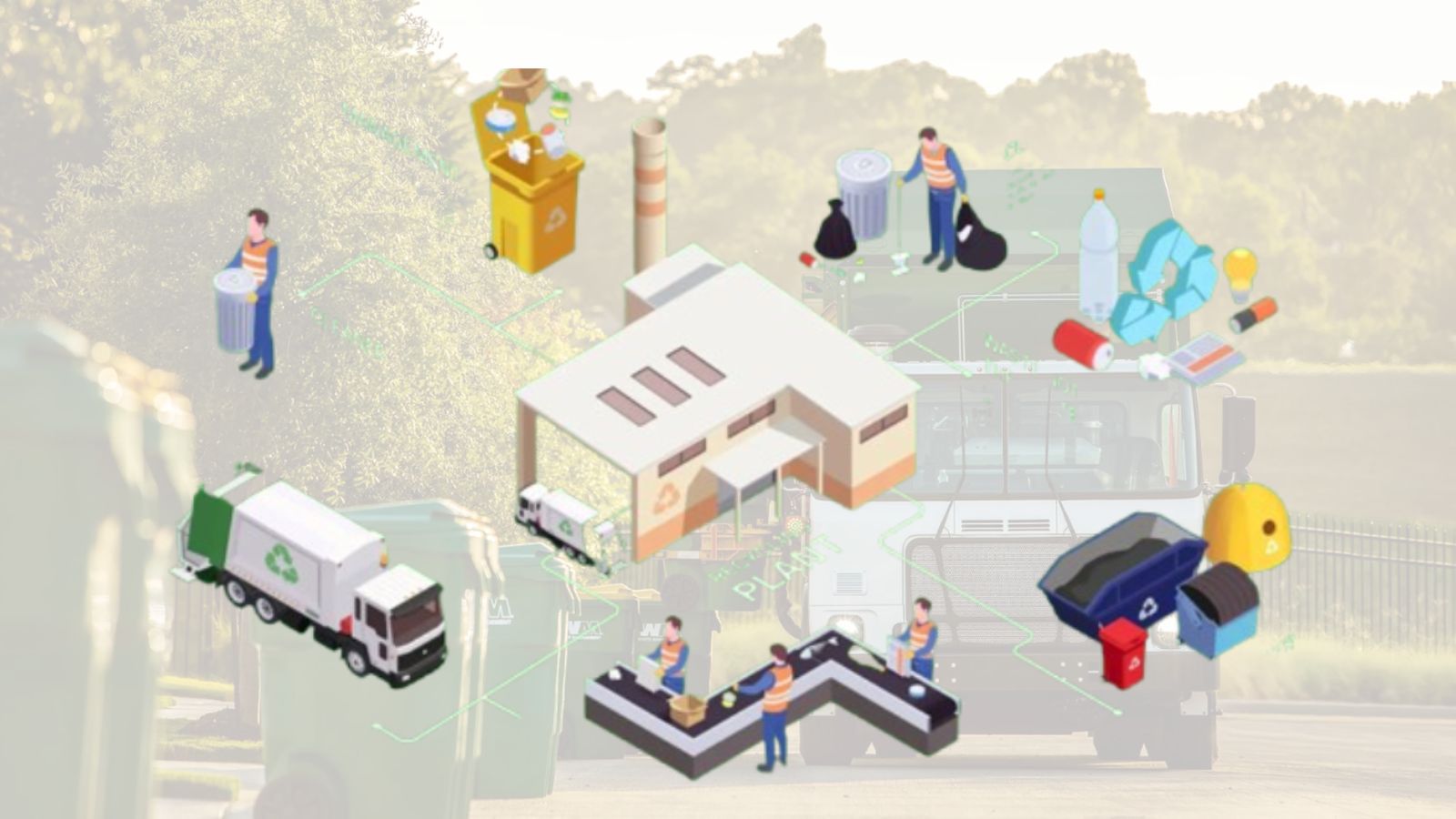
Report Waste Collection Issues
One of the key features of the Citizen Application is the ability to report waste collection issues directly from the app. If a resident notices that their bin has been missed or there is a delay in collection, they can easily submit a complaint through the app. This feature helps waste management companies address issues quickly, keeping residents satisfied and improving overall service delivery.
Report Unclean Bins
Residents can also report unclean or overflowing bins by taking and submitting photos through the app. This feature helps waste collection teams stay informed about the cleanliness of bins in their area and take action when necessary. By allowing citizens to report cleanliness issues, Eagle-IoT ensures that waste collection services remain high-quality and reliable.
Monitor Complaint Status
Once a complaint is submitted, citizens can track its status in real time. This feature provides transparency and keeps residents informed about the progress of their requests. It also encourages accountability, as waste management companies are able to track and address complaints efficiently.
Convenient Bill Payment
Eagle-IoT makes it easy for residents to manage their waste collection payments through the app. Citizens can pay their bills online, making the process quick and convenient. The app sends reminders when payments are due, ensuring that residents never miss a payment and waste collection services continue without disruption.

Eagle-IoT is a comprehensive solution designed to optimize and streamline every aspect of waste collection by addressing the diverse needs of waste management stakeholders. Our cutting-edge technology empowers waste management organizations to achieve operational excellence and environmental sustainability. With our commitment to continuous improvement, we are dedicated to developing innovative solutions that address the evolving needs of the waste management industry.
Whether you’re looking to improve fleet performance, optimize routes, or enhance the customer experience, Eagle-IoT is the solution you need.


